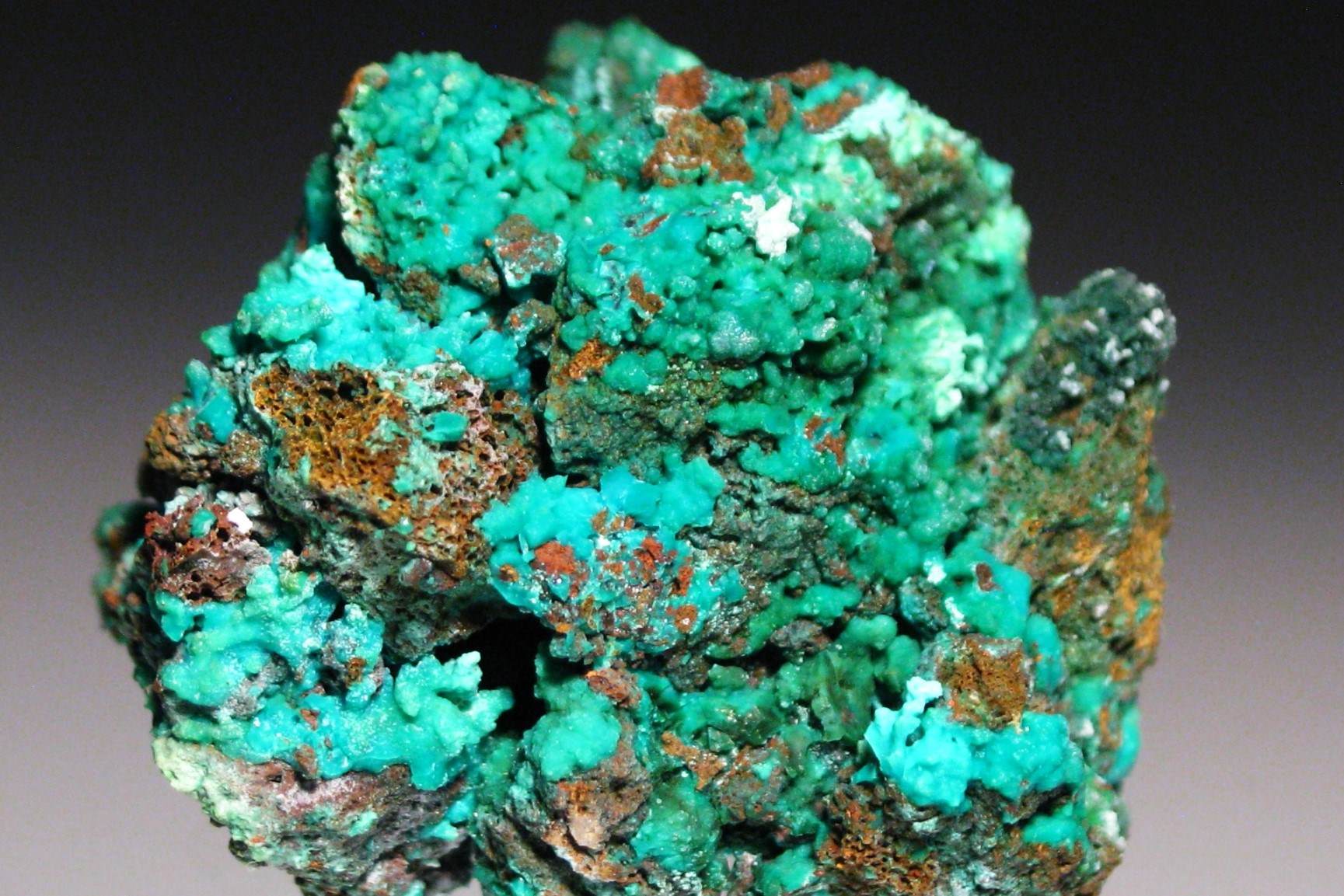
Mundite might not be a household name, but this mineral has some intriguing aspects worth knowing. Found in uranium-rich environments, it often appears as tiny, greenish-yellow crystals. Mundite forms through the alteration of other uranium minerals, making it a secondary mineral. Its chemical formula is Al(UO2)3(PO4)2(OH)3·5H2O, which means it contains aluminum, uranium, phosphate, and water. This mineral is not just a pretty face; it plays a role in understanding uranium deposits and their environmental impacts. Mundite can be found in places like the United States, Canada, and Australia. Despite its small size, it packs a punch in the world of geology. Ready to learn more? Let's dive into 25 fascinating facts about Mundite!
Key Takeaways:
- Mundite, a rare mineral named after Dr. John Mund, is valued for its uranium and vanadium content. Its striking yellow-green color and radioactivity make it a fascinating subject for geologists and mineral enthusiasts.
- With a Mohs hardness of 3 to 4, Mundite is relatively soft and exhibits a vitreous to dull luster. Its unique properties make it valuable for nuclear energy and steel strengthening, while also serving as an indicator mineral in uranium exploration.
Mundite: A Mysterious Mineral
Mundite is a rare and intriguing mineral that has captured the interest of geologists and mineral enthusiasts alike. Its unique properties and formation processes make it a subject of fascination. Here are some captivating facts about Mundite.
-
Mundite was first discovered in 1955 in the United States, specifically in the state of Nevada.
-
This mineral is named after the American geologist, Dr. John Mund, who made significant contributions to the study of minerals.
-
Mundite is primarily composed of uranium and vanadium, making it a valuable ore for these elements.
-
The mineral typically forms in oxidized zones of uranium-vanadium deposits, often found in sandstone formations.
-
Mundite is known for its striking yellow-green color, which is due to the presence of uranium.
Physical Properties of Mundite
Understanding the physical properties of Mundite can help in identifying and studying this mineral. Here are some key characteristics.
-
Mundite has a Mohs hardness of 3 to 4, making it relatively soft compared to other minerals.
-
It has a vitreous to dull luster, giving it a glassy or somewhat earthy appearance.
-
The mineral exhibits a monoclinic crystal system, which means its crystals are shaped like distorted rectangles.
-
Mundite has a specific gravity of 3.5 to 4.0, indicating it is denser than many common minerals.
-
It is often found in granular or massive forms, rather than well-formed crystals.
Chemical Composition and Formation
The chemical makeup and formation process of Mundite are crucial to understanding its properties and uses.
-
Mundite's chemical formula is UO2(V2O5)2·nH2O, highlighting its uranium and vanadium content.
-
The mineral forms through the oxidation of primary uranium-vanadium minerals in the presence of water.
-
It is often associated with other uranium minerals like carnotite and tyuyamunite.
-
Mundite can also form as a secondary mineral in the weathering zone of uranium deposits.
-
The presence of vanadium gives Mundite its distinctive yellow-green color.
Uses and Applications of Mundite
Despite its rarity, Mundite has several important uses, particularly in the field of nuclear energy.
-
Mundite is a significant source of uranium, which is used as fuel in nuclear reactors.
-
The vanadium in Mundite is valuable for strengthening steel and other alloys.
-
Researchers study Mundite to understand the geochemical processes that concentrate uranium and vanadium.
-
The mineral's unique properties make it a subject of interest for mineral collectors and museums.
-
Mundite's radioactivity requires careful handling and storage to ensure safety.
Interesting Tidbits About Mundite
Here are some lesser-known facts that add to the intrigue of Mundite.
-
Mundite fluoresces under ultraviolet light, emitting a bright green glow.
-
The mineral can be found in several locations worldwide, including the United States, Australia, and Kazakhstan.
-
Mundite is often used as an indicator mineral in the exploration of uranium deposits.
-
Its discovery has led to the identification of new uranium-vanadium deposits in various parts of the world.
-
Despite its radioactivity, Mundite is considered safe to handle with proper precautions, making it a popular specimen for collectors.
Final Thoughts on Mundite
Mundite, a fascinating mineral, has captured the interest of geologists and collectors alike. Its unique properties and vibrant colors make it a standout in the world of minerals. Found primarily in specific regions, this mineral's rarity adds to its allure. Collectors prize Mundite for its aesthetic appeal and scientific significance. Whether you're a seasoned geologist or a curious enthusiast, Mundite offers something intriguing. Its formation process, involving specific geological conditions, highlights the complexity of Earth's natural processes. Understanding Mundite not only enriches our knowledge of geology but also deepens our appreciation for the planet's diverse mineral wealth. So next time you come across a piece of Mundite, take a moment to marvel at its beauty and the intricate natural history it represents. This mineral truly exemplifies the wonders hidden beneath our feet.
Frequently Asked Questions
Was this page helpful?
Our commitment to delivering trustworthy and engaging content is at the heart of what we do. Each fact on our site is contributed by real users like you, bringing a wealth of diverse insights and information. To ensure the highest standards of accuracy and reliability, our dedicated editors meticulously review each submission. This process guarantees that the facts we share are not only fascinating but also credible. Trust in our commitment to quality and authenticity as you explore and learn with us.
